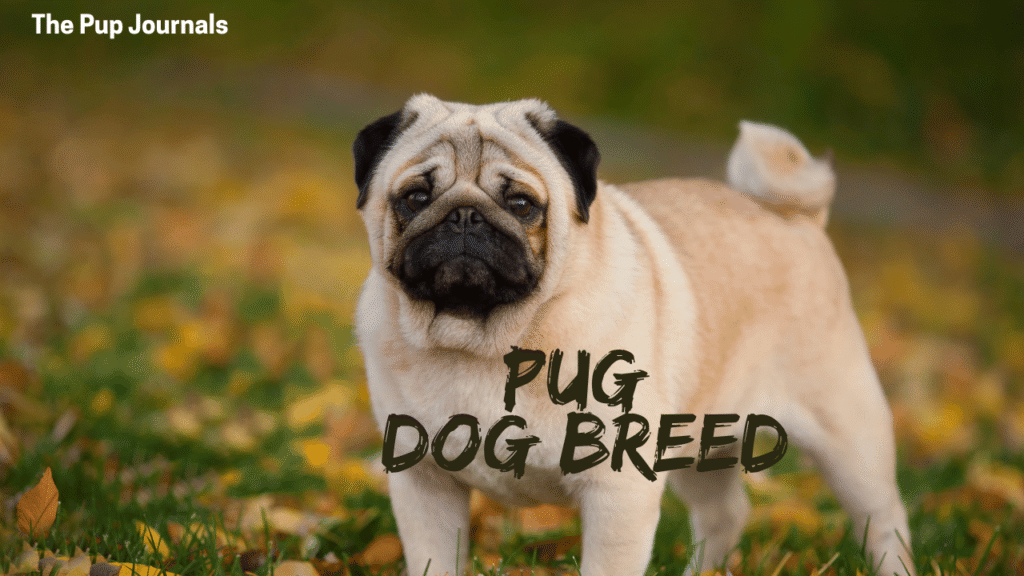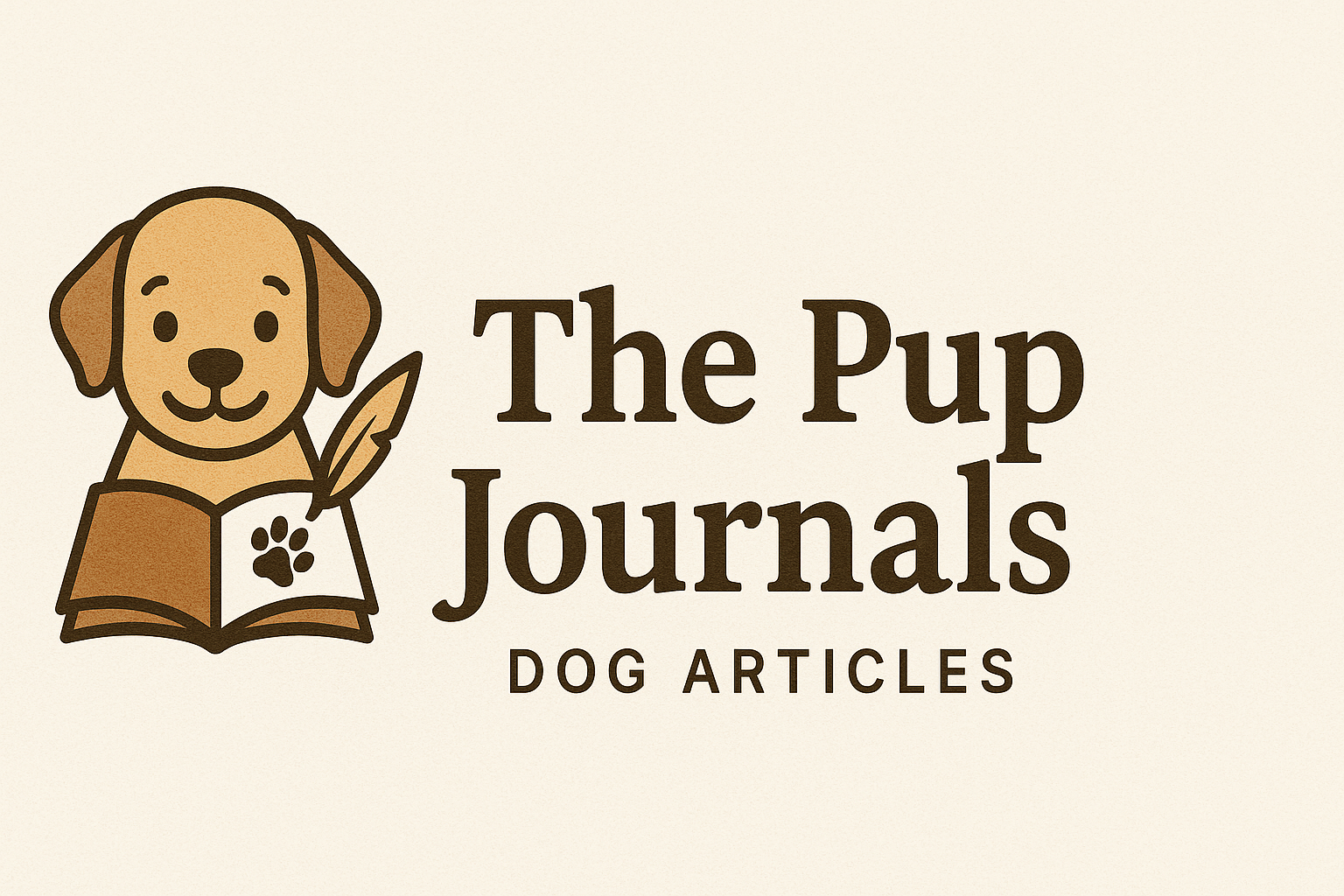
Introduction
The Pug brings joy with its playful nature. This small dog sports a wrinkled face and curly tail. Pug lovers praise its friendly smile. In this detailed guide, we dive deeper into the world of Pugs. We cover their history, appearance, training, health, and more. You’ll find clear, bite‑sized advice on every topic. Let’s explore why the Pug remains a top choice for families and singles alike.
The Rich History of the Pug
Ancient Origins
Pugs trace back to ancient China over 2,000 years ago. Buddhist monks kept them as temple companions. These little dogs lived in royal palaces. They earned a special place in Empress Wu Zetian’s court.
Journey to Europe
By the 16th century, Dutch traders carried Pugs to Europe. The breed flourished in the Netherlands. In the House of Orange, a Pug named Pompey saved Prince William. He alerted the prince to a plot. After that, Pugs earned a hero’s fame.
Royal Endorsements
In England, Pugs found new fans with Queen Victoria. She owned 17 Pugs in her lifetime. She even named one “Fat Boy.” Her love for Pugs sparked breeding across Britain. From palaces to cottages, Pugs became a national favorite.
Modern Recognition
The American Kennel Club recognized the Pug in 1885. Today, Pugs rank among the top 20 most popular breeds in the USA. Their worldwide fan base spans every continent.
Distinctive Appearance and Breed Standards
Size and Proportions
Pugs stand 10 to 14 inches tall at the shoulder. They weigh between 14 and 18 pounds. Their bodies are compact and muscular. The head remains large in proportion to the body.
Coat and Colors
The Pug’s coat is short, smooth, and glossy. Common colors include:
- Fawn: Light tan with a black mask.
- Black: A shiny, solid black coat.
- Silver Fawn: Pale tan with a silvery sheen.
Facial Features
Pugs sport deep wrinkles on their forehead. These form unique patterns like the Chinese character “lo.” Their large, round eyes sparkle with curiosity. The nose sits flat, creating a “brachycephalic” face. This flat muzzle defines the breed.
Tail Curl
A hallmark of the Pug is its double curl tail. It loops tightly over the hip. Breeders look for a neat, tight curl in show dogs. Loose or single curls are less desirable.
In‑Depth Temperament Traits
Affectionate Companions
Pugs thrive on human companionship. They follow their owners from room to room. Their happy snorts and tail wags lift moods instantly. They excel at bonding with each family member.
Playful and Mischievous
Despite their calm appearance, Pugs love playtime. They enjoy gentle games of fetch indoors. Their short legs cause hilarious, bouncy sprints. They can turn any household item into a toy.
Good with Children and Pets
Pugs rarely show aggression toward children or other animals. Their patient nature suits families with small kids. Proper supervision ensures safe play sessions. Early socialization with cats or dogs builds harmony.
Adaptability
Pugs adapt to apartment living or large homes. They enjoy short walks and indoor games, handle city noise well when socialized early. They also relax happily in quiet rural settings.
Comprehensive Exercise Guidelines
Daily Walks
Aim for two 15‑minute walks daily. Keep pace moderate to avoid overheating. Early morning or late evening works best in hot seasons.
Indoor Play Ideas
Use soft plush toys for gentle fetch. Hide small treats under cups for scent games. Teach your Pug to chase a moving flashlight dot.
Caution in Extreme Weather
Never exercise Pugs in temperatures above 80°F (27°C). Their flat faces make breath harder in heat. In winter, dress them in a warm sweater if needed.
Mental Stimulation
Pugs get bored easily. Puzzle feeders challenge their minds at mealtime. Teach new tricks like “spin” or “bow” for mental exercise.
Detailed Training Techniques
Positive Reinforcement
Reward desired behavior with small treats or praise. Avoid scolding for mistakes. Pugs respond best to gentle encouragement.
Crate Training
Introduce the crate as a cozy den. Use treats and toys inside to create positive associations. Start with short stays, then gradually increase time.
Housebreaking
Establish a consistent bathroom schedule. Take your Pug out first thing in the morning. Reward them immediately for outdoor elimination.
Socialization
Expose puppies to varied sights and sounds by three months old. Invite friends over to meet the pup. Visit pet‑friendly stores or outdoor cafes together.
Advanced Obedience
Once basics like “sit” and “stay” are solid, move to commands like “leave it.” Practice in distracting environments. Use high‑value treats for proofing commands.
Pro‑Level Grooming Regimen
Coat Care
Brush twice weekly with a rubber curry brush. This lifts dead hair and boosts circulation. During shedding season, increase brushing to daily.
Wrinkle Cleaning
Fold a damp cloth between each wrinkle fold. Wipe gently to remove debris. Dry completely with a soft towel. Apply a small amount of medical‑grade powder if needed.
Ear Maintenance
Check ears weekly for wax buildup or odors. Clean with a vet‑approved ear solution. Use a cotton ball—never insert anything deep into the canal.
Dental Health
Brush teeth three times a week using a dog‑safe toothpaste. Offer dental chews approved by veterinary dentists. Good oral care prevents plaque buildup.
Nail Trimming
Clip nails every two weeks or as soon as they click on the floor. Use quick‑stop powder to manage any bleeding. Introduce clipping sessions slowly to your Pug.
Optimal Nutrition and Weight Management
Choosing the Right Food
Select a balanced, small‑breed dry kibble. Look for real meat as the first ingredient. Avoid fillers like corn or wheat byproducts.
Portion Control
Feed two meals per day to prevent overeating. Use measuring cups to maintain consistency. Watch for weight gain around the midsection.
Healthy Treats
Offer fresh veggies like carrot sticks or green beans. Use freeze‑dried chicken slices during training. Limit treats to 10% of daily calorie intake.
Hydration
Provide fresh water in a sturdy bowl all day. Change water daily to keep it appealing. In warm weather, add ice cubes for a cooling treat.
Health Screenings and Veterinary Care
Brachycephalic Airway Syndrome
This condition affects many flat‑faced breeds. Watch for noisy breathing, coughing, or exercise intolerance. Your vet may recommend surgery in severe cases.
Eye Exams
Have eyes checked annually for ulcers or dry eye. Early detection prevents vision loss.
Joint Health
Screen for hip dysplasia and patellar luxation. Maintain a healthy weight to reduce joint stress.
Vaccinations and Parasite Control
Follow your vet’s recommended vaccination schedule. Use monthly flea, tick, and heartworm preventives.
Senior Care
After age eight, schedule biannual vet checkups. Monitor for arthritis, dental issues, and organ function. Adjust diet and exercise accordingly.
Breeding, Adoption, and Rescue
Finding a Responsible Breeder
Look for breeders who conduct health tests on both parents. Ask for OFA certifications and eye exam results. Visit the kennel in person if possible.
Adoption Benefits
Many Pugs need a second chance through rescue groups. Adopted dogs often come housebroken and socialized. Adoption fees cover spay/neuter and vaccinations.
Rescue Organizations
- PugLuv in California
- National Pug Rescue in Texas
- East Coast Pug Rescue in Georgia
Contact local shelters or breed‑specific rescues for listings.
Fun Facts and Pug Culture
- Celebrity Pugs: George Clooney and Meryl Streep have owned Pugs.
- Pug Cafés: In Japan, you can sip coffee surrounded by Pugs.
- World Pug Dog Day: Celebrated every first Saturday of March.
- Pug in Art: Pugs appear in Rembrandt’s paintings.
These fun facts highlight the breed’s global charm.
Conclusion
The Pug dog breed blends charm, loyalty, and comic relief. Their small size fits any living space. They offer endless affection and gentle humor. With proper care, Pugs live up to 15 years. From grooming to training, invest time and love. You’ll gain a devoted companion for life. Embrace the joy a Pug brings to your home.
Read More: Newfoundland Dog Breed Guide


2 Responses